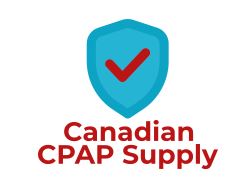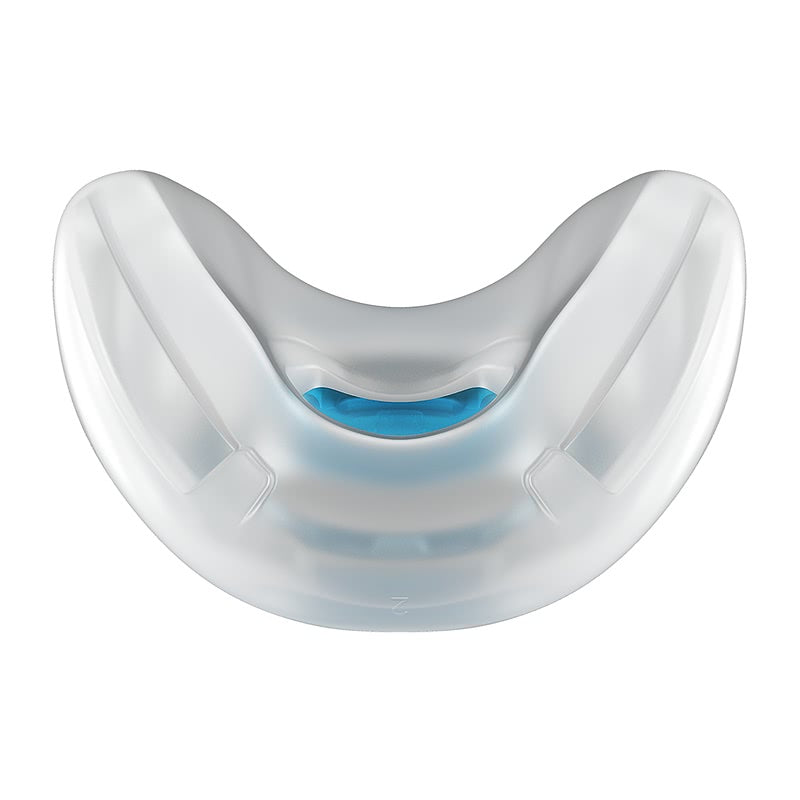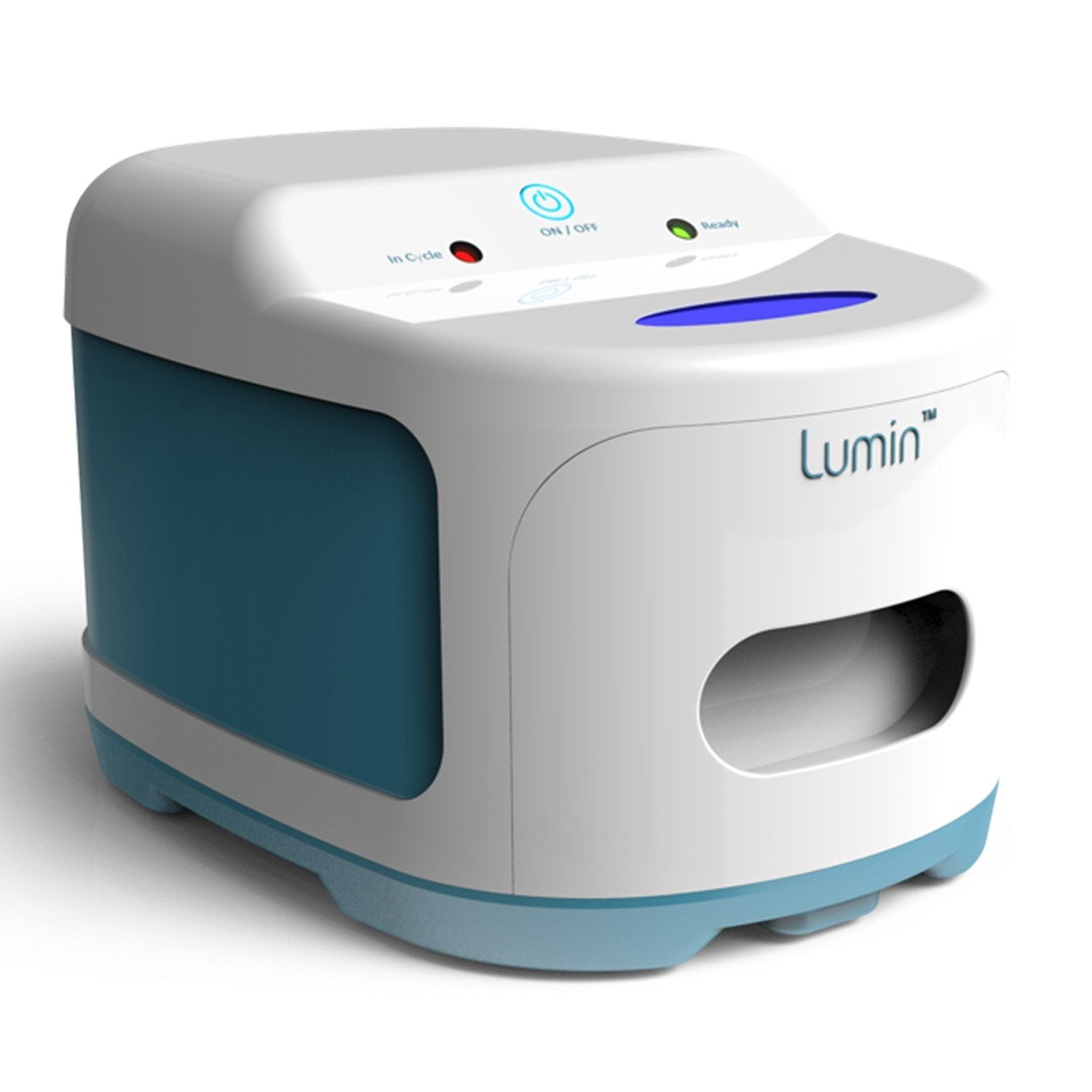
What is cpap compliance?
Share
If you or a loved one has been diagnosed with obstructive sleep apnea (OSA), you may have been prescribed continuous positive airway pressure (CPAP) therapy as a treatment option. CPAP therapy involves using a machine that delivers pressurized air through a mask to keep your airway open during sleep, reducing the number of apnea events and improving overall sleep quality. However, it's not enough to simply use the CPAP machine - it's also important to maintain CPAP compliance.
CPAP compliance refers to the degree to which a patient adheres to the prescribed CPAP therapy regimen. In other words, it measures how often and how long a patient uses their CPAP machine each night. The compliance rate is usually expressed as a percentage of the number of nights a patient used their CPAP machine divided by the number of nights they were supposed to use it.
Why is CPAP compliance important?
CPAP therapy can be very effective in treating OSA, but it only works if it is used consistently and correctly. Studies have shown that the benefits of CPAP therapy are directly related to the degree of compliance. Patients who use their CPAP machine regularly and for the recommended amount of time each night are more likely to experience significant improvements in their sleep quality, daytime alertness, and overall health.
On the other hand, patients who do not use their CPAP machine regularly or who do not use it for the recommended amount of time each night are less likely to experience these benefits. In fact, non-compliance with CPAP therapy has been linked to a range of negative health outcomes, including increased risk of cardiovascular disease, stroke, and depression.
How is CPAP compliance measured?
CPAP compliance is usually measured using data from the CPAP machine itself. Most modern CPAP machines are equipped with a built-in data recorder that tracks the amount of time the machine is used each night, as well as other data such as mask leak rate, pressure settings, and apnea-hypopnea index (AHI).
This data can be downloaded and analyzed by a sleep specialist or respiratory therapist to determine the patient's compliance rate. Some CPAP machines also have features that provide real-time feedback to the patient, such as a built-in screen that displays how long the machine has been used each night.
What are the factors that affect CPAP compliance?
There are several factors that can affect a patient's CPAP compliance, including:
- Comfort: Patients who find the CPAP mask uncomfortable or who experience skin irritation may be less likely to use their CPAP machine regularly.
- Noise: Some CPAP machines can be noisy, which can make it difficult for patients to sleep.
- Side effects: CPAP therapy can cause side effects such as dry mouth, nasal congestion, and headaches, which may discourage some patients from using their machine regularly.
- Lifestyle factors: Patients who travel frequently or work irregular hours may find it difficult to maintain a consistent CPAP therapy regimen.
What can patients do to improve CPAP compliance?
If you're struggling with CPAP compliance, there are several things you can do to improve your adherence to your therapy regimen:
- Talk to your doctor or respiratory therapist: If you're experiencing discomfort, side effects, or other issues with your CPAP therapy, your healthcare provider may be able to help. They can work with you to adjust your pressure settings, try different mask types, or provide tips for improving your comfort and adherence.
- Use a humidifier: Many CPAP machines come with built-in humidifiers, which can help reduce dry mouth and nasal congestion. If your machine doesn't have a humidifier, you can purchase one separately.
- Make CPAP therapy part of your bedtime routine: Try to establish a consistent bedtime routine that includes using your CPAP machine.




